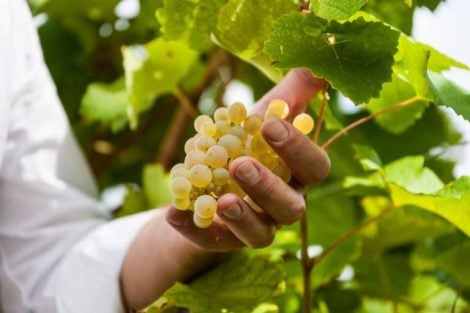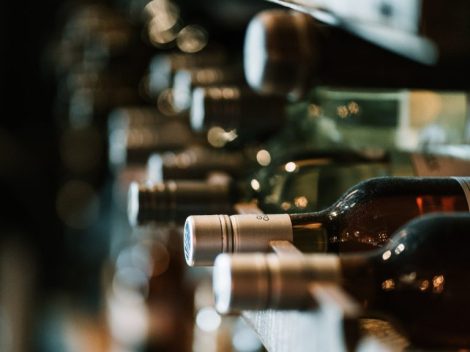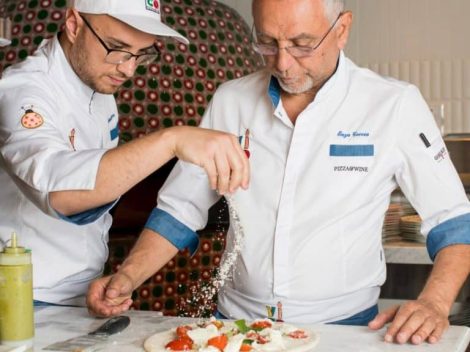Italian wine? Absolutely "food-friendly". The praise comes from Fiona Beckett, a journalist for The Guardian and author of several books on food and wine, who highlights the positive characteristics of Italian white wine production. A good value for money and their complementarity to many Italian recipes are key points emphasized.
A simple Pinot Grigio
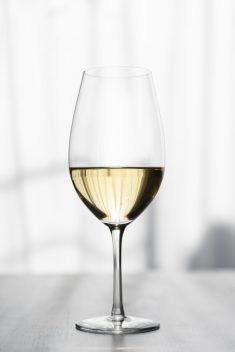
"I don't know how many of you buy wine specifically to accompany food, but Italians do, and we could learn a lesson or two from them," writes Beckett. "If you taste wines like Soave and Pinot Grigio on their own, you might think they are a bit bland and boring, but sipping a glass with a plate of antipasti or spaghetti carbonara, for example, these wines come alive." A somewhat rough compliment, but after all, the best-selling wine abroad is Pinot Grigio, often in a rather modest quality.
Native varieties and trendy wines
"The other virtue of Italian whites is that they are relatively inexpensive. The average price of Verdicchio dei Castelli di Jesi from today's selection - a small list of recommended wines at the end of the article - for example, is only €7.25 at Co-op (and a bit more online)." The author of the article points out that besides Pinot Grigio, Verdicchio and Gavi are also finding interest in less well-known varieties and denominations: Orvieto Classico and the "Chardonnay-like Grillo from Sicily" (about which we have some doubts...).
Last but not least, there are wines that have "their charm - in some cases, such as Tuscan or Sardinian Vermentino, for example, they are more expensive simply because they are fashionable, while in others, such as wines produced in more mountainous or volcanic regions like Mount Etna, the cost reflects more difficult growing conditions and low yields".
Italian wines seen from the outside
Moderate alcohol, freshness, and a good price seem to be the basis for all the wines listed. Yet, the picture that emerges, although on the surface it appears positive, depicts us as a good compromise between simplicity, low price, and decent quality. Certainly not a novelty, but it makes us think that in Italy there is a clear gap between the two categories that are talked about the most: the great icons that have made and continue to make the history of Italian oenology and those found in the premium (and non-premium) assortment of supermarkets. The prices of white wines reflect the international appeal played out all on reds: just look at the wines in international auctions and the judgments of critics. Especially the American ones still biased towards the great reds despite changing consumption habits.


 Non-alcoholic wines? Call them what you want, but they’re still a derivative of wine.” An Interview with Martin Foradori
Non-alcoholic wines? Call them what you want, but they’re still a derivative of wine.” An Interview with Martin Foradori The 8 best Trentodoc wines chosen by Gambero Rosso
The 8 best Trentodoc wines chosen by Gambero Rosso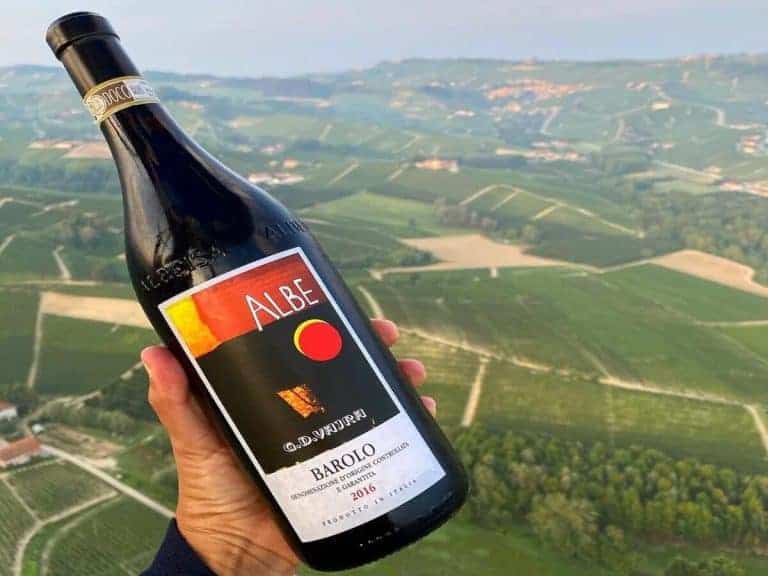 A Piedmont wine enters the top ten of Wine Spectator's "Top 100"
A Piedmont wine enters the top ten of Wine Spectator's "Top 100" Sparkling wines surpass still wines in Italian out-of-home consumption. Most popular during the aperitif
Sparkling wines surpass still wines in Italian out-of-home consumption. Most popular during the aperitif American Barbecue wins a Michelin star for the first time in history
American Barbecue wins a Michelin star for the first time in history